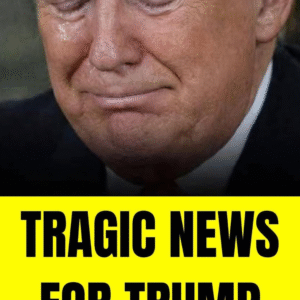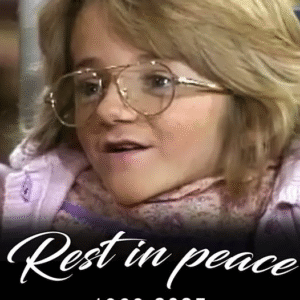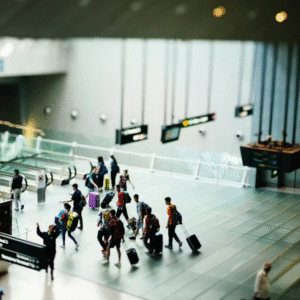
Scientists Warn: Three U.S. Regions Face Mega Tsunami Risk
A Wake-Up Call for Coastal Communities
Imagine waking up to the ocean rushing toward your neighborhood. According to scientists, this isn’t a movie plot — it’s a very real threat facing parts of the United States. Experts warn that a potential mega tsunami could devastate entire communities along the West Coast, with Alaska and Hawaii also in the danger zone.
The Threat Behind the Waves
At the heart of the risk lies the Cascadia Subduction Zone, a massive fault line stretching from Northern Vancouver Island to Cape Mendocino, California. This geological giant could trigger a massive earthquake, followed by a catastrophic tsunami capable of swallowing coastal towns.
Researchers say rising sea levels could make the destruction even worse.
New Study Reveals Sobering Data
A recent study in the Proceedings of the National Academy of Sciences highlights just how serious the situation is. Scientists from Virginia Tech found that a powerful quake in this region could cause land to sink by up to 6½ feet, drastically enlarging coastal floodplains.
“The expansion of the coastal floodplain following a Cascadia subduction zone earthquake has not been previously quantified,” explained lead author Tina Dura, assistant professor at Virginia Tech.
“The impacts to land use could significantly increase the timeline to recovery.”
The Clock Is Ticking
The U.S. Geological Survey estimates there’s a 15% chance of a magnitude 8.0 or greater earthquake in this area within the next 50 years. Such a quake could create towering waves that move inland at frightening speeds, destroying everything in their path.
But it’s not just the initial shaking that’s dangerous. Aftershocks, sinking land, and massive flooding could follow.
“Cascadia is a unique place,” Dura added. “Most estuaries have communities in them, and they’re all in the zone of subsidence.”
Not Just the Mainland: Alaska and Hawaii at Risk
Alaska faces rising threats due to its melting glaciers. As ice recedes, it loosens rock and soil, increasing the risk of landslides that could trigger tsunamis. Meanwhile, Hawaii has its own history with mega waves.
Roughly 105,000 years ago, a massive chunk of volcano collapsed into the sea, sending a 1,000-foot wave crashing into Lanai. That threat still lingers. Mauna Loa and Kilauea, two of Hawaii’s most active volcanoes, continue to reshape the islands with flowing lava and unstable slopes. Kilauea erupted as recently as May 16, a stark reminder of Hawaii’s volatile geology.
A Fiery Ring of Risk
All of this activity falls within the Pacific Ring of Fire, a volatile zone where tectonic plates grind against each other, fueling the world’s largest quakes and most violent eruptions.
The last major Cascadia quake hit on January 26, 1700 — more than 300 years ago. Scientists agree: we’re overdue for another.
What You Can Do
While no one can stop a tsunami, preparedness saves lives.
-
Know your evacuation routes
-
Sign up for emergency alerts
-
Have a family plan in place
Experts don’t debate if another megaquake will hit — only when. If you live near the West Coast, now’s the time to prepare.





